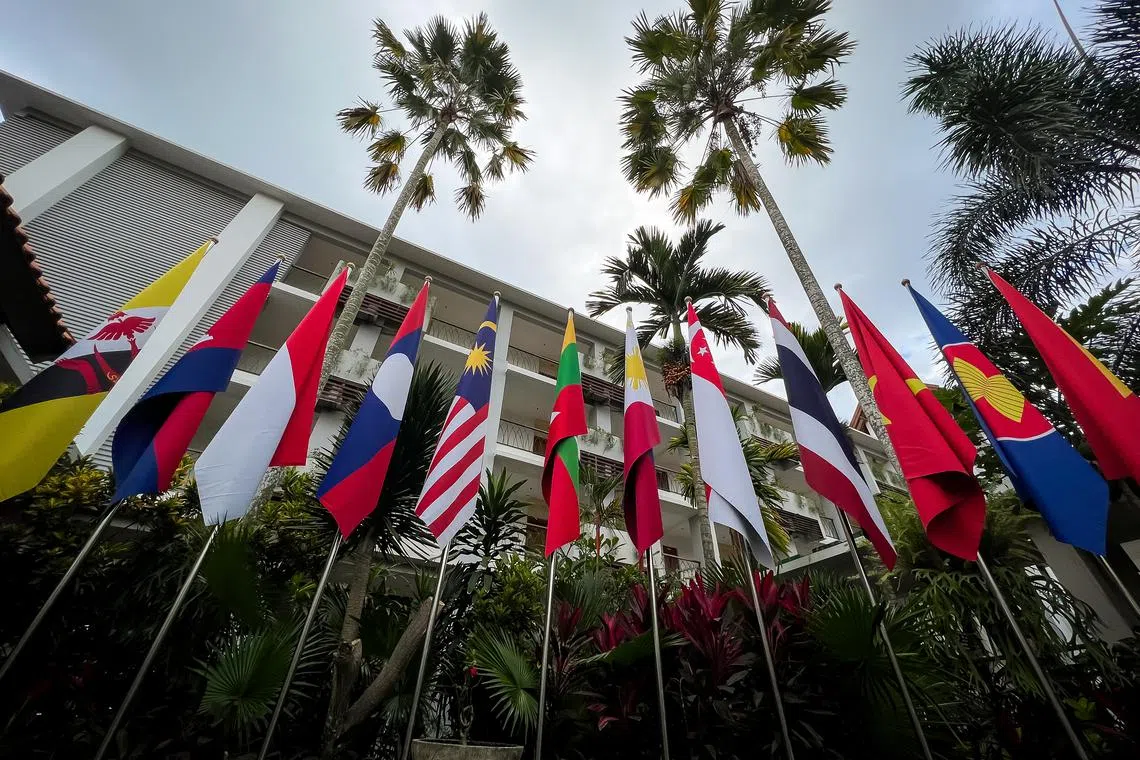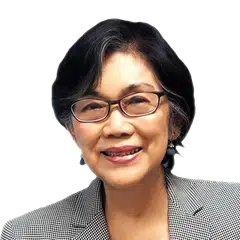For subscribers
The future of Singapore in Asean 3.0
As the regional economies grow, Singapore must work harder to keep the same spot. We should also learn to understand the Asean psyche better.
Sign up now: Get ST's newsletters delivered to your inbox

Asean has gone through three phases: Asean 1.0, Asean 2.0 and Asean 3.0.
PHOTO: ST FILE
Follow topic:
Singapore became independent in 1965. If we go over the speeches of the first Parliament and the interviews of founding prime minister Lee Kuan Yew and his associates, we can glean from them the emerging strategy for a small state, which looking back has stood the test of time. Singapore said it “will be friends to all”, “we will even trade with the devil”. These remarks speak of the direction of foreign policy which is open and not aligned. The strategy was defined in action.
A small state needs and uses multilateralism. Singapore joined the Commonwealth in 1965, the United Nations in 1965, Asean in 1967 and the Non-Aligned Movement in 1972. We believed and still believe so strongly in the multilateral strategy that we helped to create new multilateral platforms such as the Asean Regional Forum, the East Asia Summit and the Trans-Pacific Partnership.


